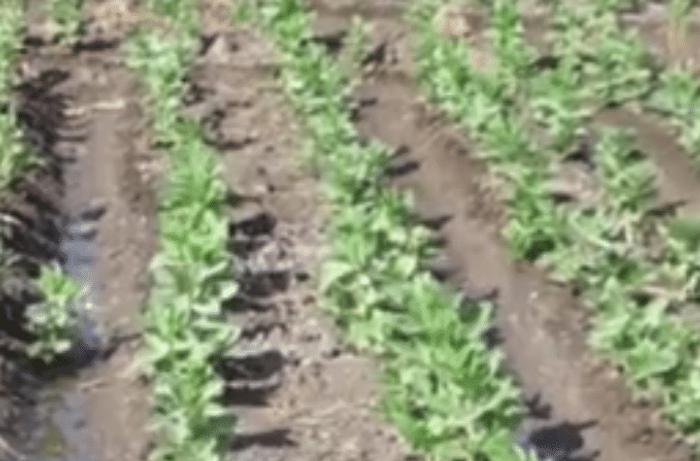Flood irrigation leads to raise in water table, water logging and salinity build up in the top soil.
When flooding happens on the top soil, the roots no longer function properly and will be unable to absorb nutrients from the soil hence affecting the overall health of the crop. Drainage is essential especially in clay soils. To avoid water logging, the land can be levelled but sometimes even this is not enough.
Making raised beds
Raised beds must be 20 to 30 cm high, 80 to 100cm wide and 500 to 1000m depending on the slope. Making raised beds saves water, increases yield and saves time for irrigation since water is just directed into the farrow which in turn saves the cost of irrigation.
Machines can be used to prepare raised beds of required size. The machines can as well make the beds and also plant simultaneously.
Planting on beds
The benefit of raised beds is that if there is heavy rain, the water wont flood on top of the raised beds to destroy the crops.
For fava beans, place one seed every 20cm and plant in 3 rows. For wheat, also place seeds in rows by leaving 15cm between rows.
Immediately after sowing, flood the entire field but for the subsequent irrigations, just fill the furrows.
You can use your beds for 2 to 3 planting seasons if you dont want to plough your land each season.



















